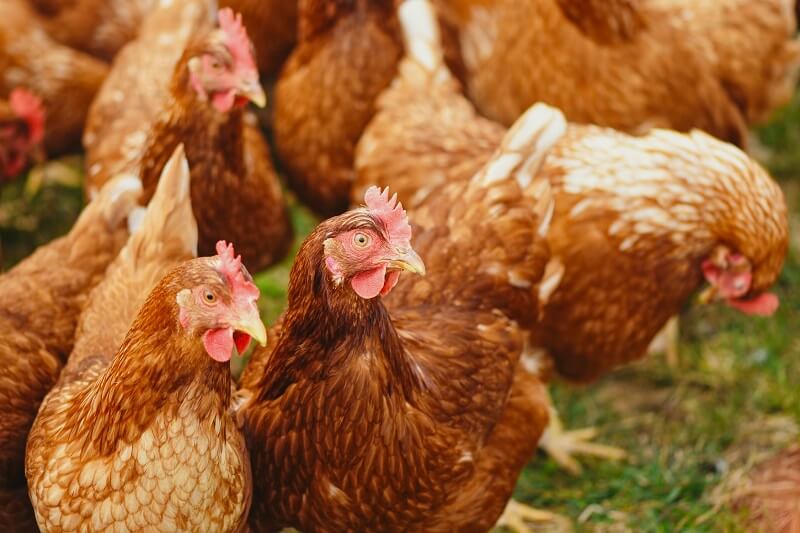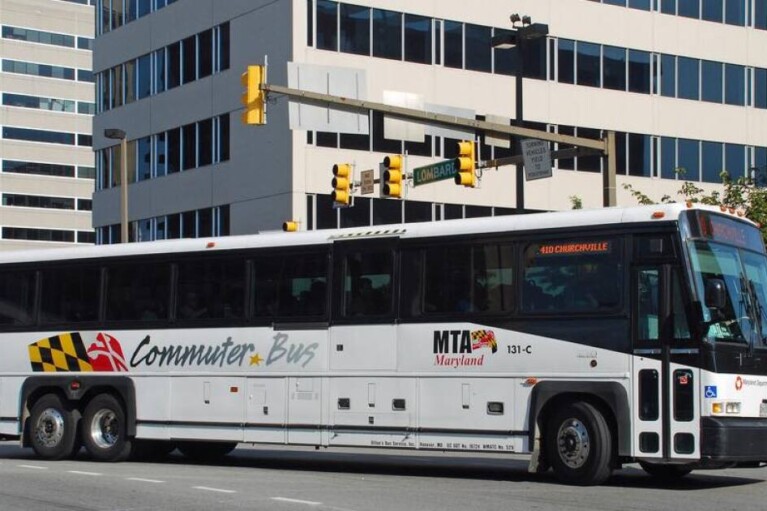
By Holly Porter
The writer is executive director of Delmarva Chicken Association.
A generation of Maryland farmers in the Chesapeake Bay watershed have tried to meet two goals: produce the food our country depends on to keep pace with increased demand from a growing populace, while reducing the amount of nutrients their lands deliver to America’s largest estuary.
They have made greater advances toward both goals than the farmers before them could ever have envisioned, increasing chicken production substantially over the past 35 years while reducing their yearly nitrogen contribution to the Bay by 11.6 million pounds and cutting phosphorus runoff by 1.2 million pounds a year.
During that timeframe, Maryland’s population swelled from 4.5 million to 6.1 million people. And here’s an uncomfortable truth: as farmers have answered the call to reduce nutrient pollution, the state’s developed areas have tacitly assumed permission to pollute more.
For every eight pounds of nitrogen Maryland farmers kept out of the Chesapeake Bay through improved practices in the past 10 years, Maryland’s developed areas have added back one pound of nitrogen carried in their stormwater runoff, according to Chesapeake Bay Program models that are the gold standard for measuring the Bay’s health. And for every 13 pounds of phosphorus Maryland farmers kept out of the Chesapeake Bay through conservation investments, Maryland’s developed areas have added one pound of phosphorus back in.
How have farmers and the companies they collaborate with reduced pollution?
By changing the day-to-day ways their farms operate, and by investing in long-term strategies to reroute and re-use nutrients. Today’s chicken farmers compost and re-use chicken litter in between flocks, store litter that’s ready to leave their farms under cover from rain and document every pound of litter that leaves their farms in records they know regulators will review.
Chicken companies have invested $7.3 million in Maryland’s manure transport program, providing more resources for the water quality protections it offers than any other livestock sector. Our nonprofit trade association built a mobile app, Littr., that facilitates chicken litter transactions, helping farmers get nutrients to areas where they’re best used.
Many environmental groups, too, have approached the challenge of saving the Bay in a spirit of collaboration with farmers, and their work together has produced tangible results. Other groups, like the Environmental Integrity Project, are only interested in describing chicken farmers as villains in the Chesapeake Bay’s story.
Determined to oversell chicken farmers’ impact on water quality, they paper over the fact that just 14% of the nitrogen delivered to Delmarva’s tidal areas of the Chesapeake Bay is sourced from poultry litter, according to the Chesapeake Bay Program – less than half the volume of nitrogen that’s traced back to commercial fertilizer.
Choosing not to invest in on-the-ground conservation practices, EIP produced a report this fall that demonized chicken growers and misinterpreted Maryland’s environmental regulations, and then paid D.C. lobbyists to promote it. They got the headlines they wanted.
A Delmarva without the farms that have defined it for generations may seem impossible, but it’s happened before.
In the middle of the 20th century, Long Island, New York, was a cradle of America’s potato production. Over the next few decades, sprawl and development ate up farmland and transformed that region, all but erasing its agricultural character. Few would wish that fate upon Maryland’s Eastern Shore, least of all the farmers who are strongly committed to feeding their neighbors while protecting the Chesapeake Bay.





 Creative Commons Attribution
Creative Commons Attribution